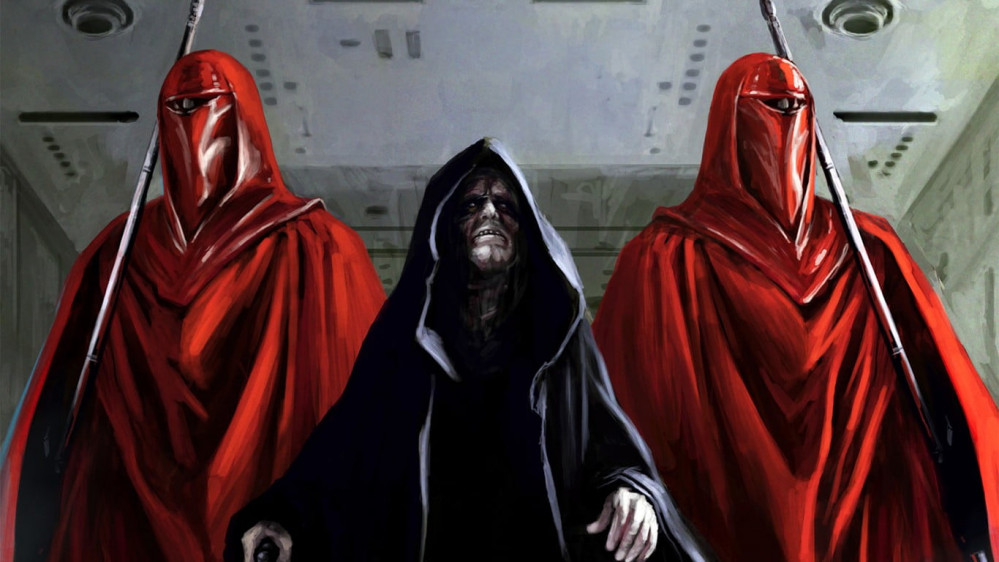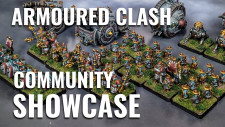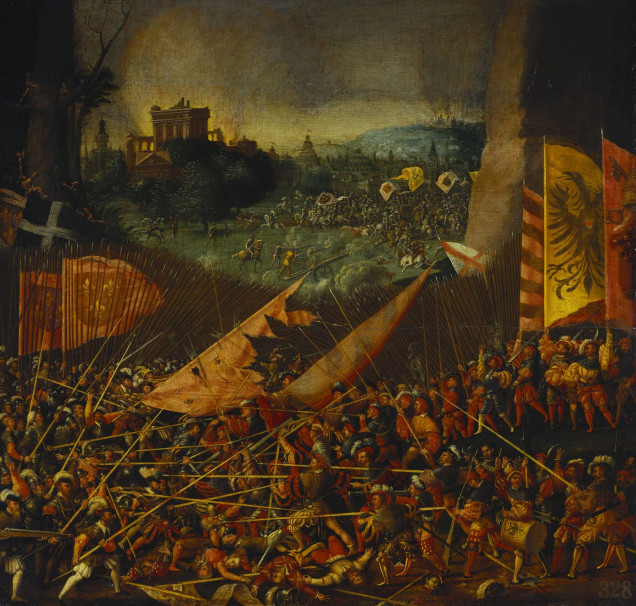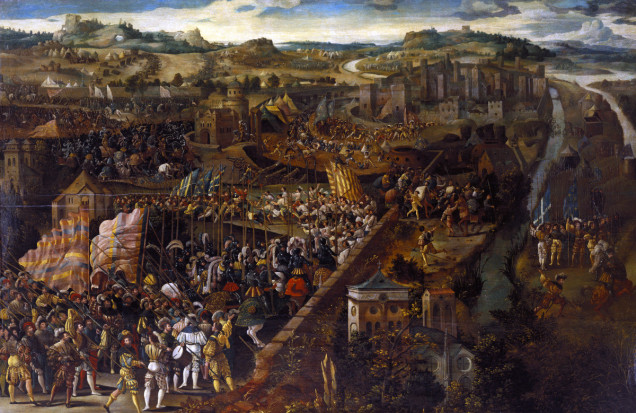
House Water's Winning Star Wars Scenario
The Background
The sacking of Rome occurred during the Italian Wars (1494-1559) a prolonged period of struggle between the major European powers for control of Italy. It began with a French attempt to press a claim to the Kingdom of Naples, but soon expanded into a general clash between the houses of Valois and Hapsburg, and in particular between Francis I of France and the Emperor Charles V. By the end of the wars the French had been expelled from the Peninsula, and large parts of Italy, from Milan down to Naples had come under direct Spanish rule, while others, including Florence, were part of the Spanish sphere of influence. Italy wouldn’t regain her independence until the mid nineteenth century.
At the start of the Italian wars Italy was made up of a patchwork of independent states of various types. The only direct foreign rule was in the far south, where Sicily was ruled by the kings of Aragon. On the mainland the largest state was the Kingdom of Naples, ruled by a side-branch of the royal family of Aragon.
To its north were the Papal States, a hodgepodge of various types of government, with the Pope as their overlord. During this period the extent of Papal control of the Papal States varied greatly, with some areas ruled by military strongmen, others under more direct Papal control, and frequent invasions from outside (in particular from Venice).
In the north the main powers were the Republic of Venice, unusual in that it combined an Italian mainland empire in the north-east with a sizable overseas empire, and the Duchy of Milan, once ruled by the Visconti, but by 1494 securely in the hands of the Sforza. The far north-west was part of the Duchy of Savoy, but at the start of the war Savoy was more in the French orbit.
In between these northern powers and the Papal States was a band of city states of various types and size. The best known was Florence, which alternated between Medici rule and Republican rule. Genoa was generally a republic, although with constant internal strife. There were also a number of smaller duchies, including the Gonzaga dukes of Mantua and the Este Dukes of Modena, Reggio and Ferrara.
A handful of independent republics survived the war. Venice was the most powerful, but began a slow decline. Genoa remained independent, although generally allied with Spain. Finally Lucca and San Marino both survived as independent republics at the end of the war.
During the 6 decade conflict alliances were forged and broken, the balance of power shifted across Europe and beyond. But it is to the second of a pair of wars within this conflict that we come.
The first Hapsburg-Valois War was defined by the Battle of Pavia in 1525, Francis I of France suffered a crushing defeat and was imprisoned in Spain. This ended the first war as he surrendered his claims to land in Italy.
Francis I was released at the French border on 17 March 1526. He very quickly made it clear that he had no intention of honouring the Treaty of Madrid, and instead on 22 May he joined the League of Cognac, along with the Pope, Milan, Venice and Florence. Henry VIII of England supported the league but didn’t join it.
At the start of 1527 Pope Clement faced attack from the north and the south. In the north Bourbon was able to raise just enough money to keep his army together, while in the south the Spanish under Charles de Lannoy were able to counter any Papal moves. Eventually, in April, after the failure of armistice talks, Bourbon’s army began to move south.
By the time it reached Rome on 5 May the army was almost out of control, lacking money and many supplies. On 6 May the Imperial army attacked Rome. Bourbon was killed early in the attack, but the city was easily captured. Pope Clement was forced to take refuge in the Castel St. Angelo while the Imperial army sacked the city. The League Army was close by, and might well have succeeded in an attack on the disordered Imperial force, but the Duke of Urbino once again chose not to act.












































































Leave a Reply